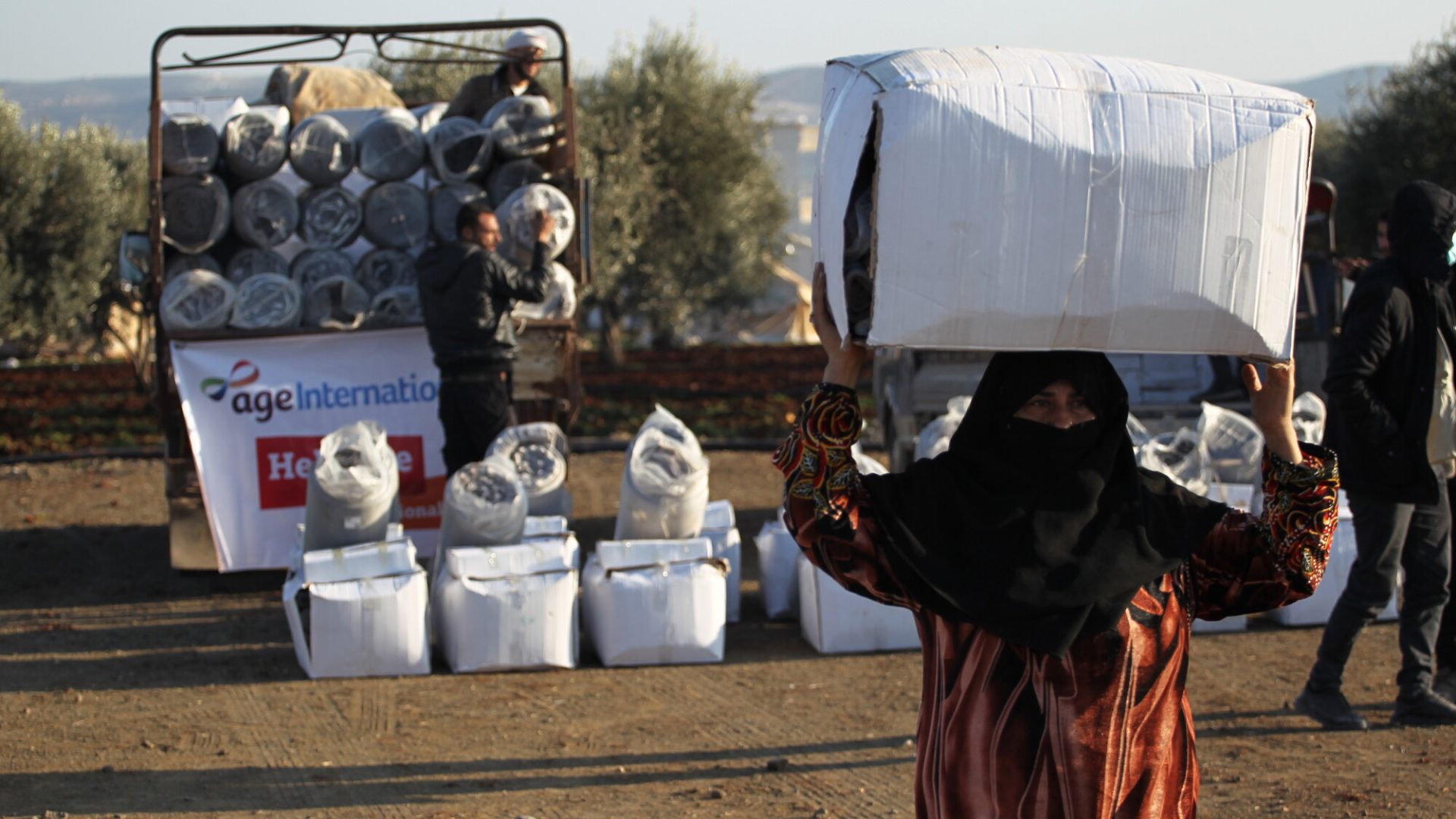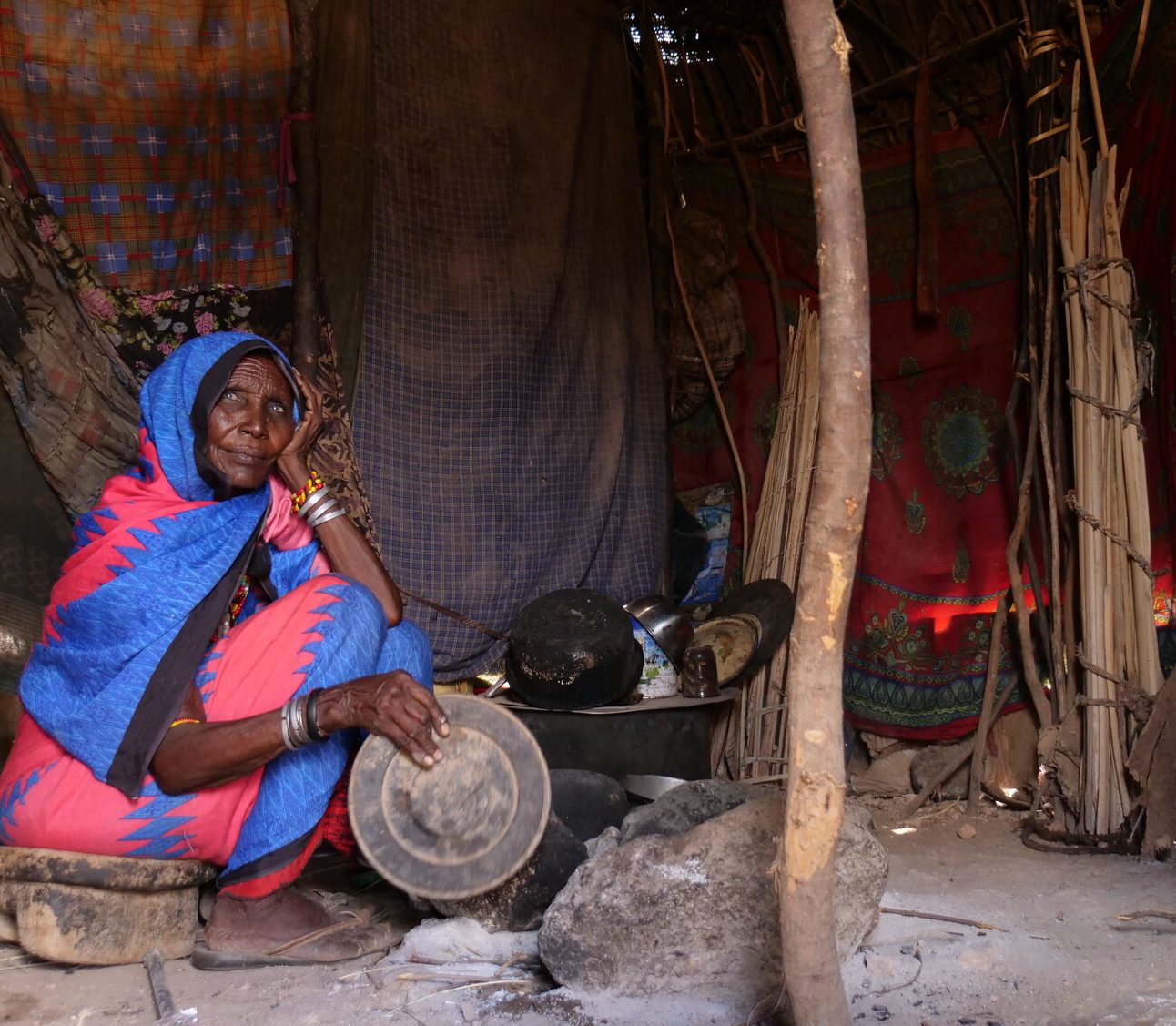At the global level
A UN convention on the rights of older people has the power to radically change the way older people’s rights are protected. It would assist governments and others to address population ageing positively, eliminate age discrimination and better protect older people’s rights, including the right to adequate food. But to-date there has been no real movement towards the drafting of such a convention that could potentially change the lives of a significant proportion of the world’s population.
Within the humanitarian sector, comprehensive Inter Agency Standing Committee (IASC) guidelines on the inclusion of older people in humanitarian action could shift the way older people are included in humanitarian response. Such guidelines should be developed in close consultation with older people, along with their representative organisations and other relevant humanitarian actors.
It is also important that more evidence is available for the proper identification and measurement of malnutrition in older people in humanitarian settings. There’s currently no “gold standard” diagnostic criteria for malnutrition in older adults, despite them being among those most at risk in emergencies. The UN, NGOs, donors, and researchers should agree on core nutrition assessment tools and criteria covering the multidimensional approach needed to properly address the complexity of malnutrition and malnutrition risk amongst older people in humanitarian settings.
Nutrition cluster response
There are a number of ways that nutrition cluster practitioners can ensure that older people are included in any nutrition response now.
- Integrate the guidance
Guidance is available on including older people in nutrition responses and should be integrated into the work of humanitarian responders.
The Humanitarian Inclusion Standards for Older People and People with Disabilities (HIS) are designed to help address the gaps in understanding the needs, capacities and rights of older people and people with disabilities and promote their inclusion in humanitarian action. They provide nine key inclusion standards to guide your work, with an additional seven sector-specific inclusion standards, including specific standards for nutrition.
The Sphere Standards also refer to older people across three standards in relation to nutrition inclusion. Each standard is supported by key actions and guidance notes to assist with planning, implementation and monitoring of activities.
The Global Nutrition Cluster’s Tips on nutrition interventions for the Humanitarian Response Plan contain a chapter on managing older people’s malnutrition, which focuses on assessment, prevention, and management of malnutrition.
- Enhance data collection methods
Data often acts as the starting point for developing a humanitarian response, but older people are frequently overlooked in data collection. At the minimum, data that is disaggregated by sex, age and disability should be collected, analysed, used and reported on to enable a better understanding of the nutrition situation of those who need support. This analysis should identify barriers to inclusion, determine the best and most appropriate responses, and generate evidence to properly understand the prevalence of malnutrition in the older population in crises settings.
Collaborating with other clusters, the UN, NGOs, and key ministries and departments to improve the collection and analysis of sex, age and disability disaggregated data (SADDD) would inform cluster plans and Humanitarian Needs Overview and Humanitarian Response Plan sections specific to nutrition.
HelpAge’s Helping Older People in Emergencies (HOPE) training has a module on SADDD that can support humanitarian responders to incorporate it into their work.
- Include older people
Older people are diverse and have many roles in families and communities, working as caregivers, community leaders and organisers. An inclusive response would recognise the active roles older people can play in conflict resolution, mediation, and peacebuilding efforts.
Wherever possible, strengthen the use of participatory methods by including older people in the planning, assessment, implementation, and monitoring of programmes aimed at preventing and treating malnutrition in emergencies. This enables their voices to be heard, identify their capacities as well as the barriers they face to adequate nutrition, and support their involvement in decision-making. It’s also important to ensure that they are aware of their rights and entitlements and can provide feedback on the support provided.
The HelpAge course on Age Inclusive Humanitarian Interventions (AIHI) provide more information about participation of older people in humanitarian responses.
- Support locally-led approaches
Involve local communities and consult and work with local and national organisations, including older people’s organisations, to ensure age-inclusive and community-driven responses that are culturally sensitive and address the specific needs of the community. Remember that no one size fits all.
- Promote accessibility
Make sure to identify physical, attitudinal and institutional barriers to access, such as transportation issues, language barriers, or lack of awareness about available support, and work to mitigate these. For example, distribution mechanisms should optimise physical and financial accessibility and the safety of older people, including those with limited mobility or living in rural/remote areas. And information must be communicated via multiple mediums and in a variety of accessible formats.
- Cultivate learning and knowledge sharing
Humanitarian responders must be empowered with the appropriate skills to implement inclusive humanitarian programmes and should take a moment to reflect on their own attitudes towards ageing.
Cluster coordinators should help equip cluster members with the relevant knowledge and skills necessary to effectively address the nutritional needs of older people by organising training sessions on inclusion which explore ageing and ageism in humanitarian response as well as initiating discussion on age-related changes in nutritional requirements, identification of signs of malnutrition, and appropriate support and referrals.
Here are some training sessions that provide a good starting point:
Understanding Older People and Their Needs in a Humanitarian Context
Helping Older People in Emergencies – HOPE
Age Inclusive Humanitarian Interventions -AIHI
Comprehensive Accessible Humanitarian Assistance for Older People and People with Disabilities
Introduction to Disability-Inclusive Humanitarian Action
By prioritising inclusive approaches that uphold the rights and address the unique needs of older people, we can ensure that humanitarian nutrition responses are truly effective and leave no one behind.


